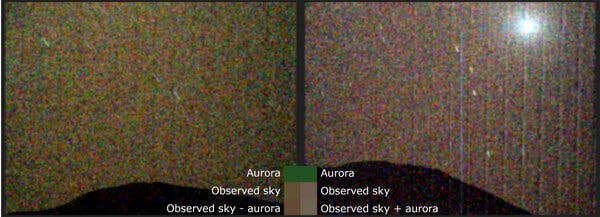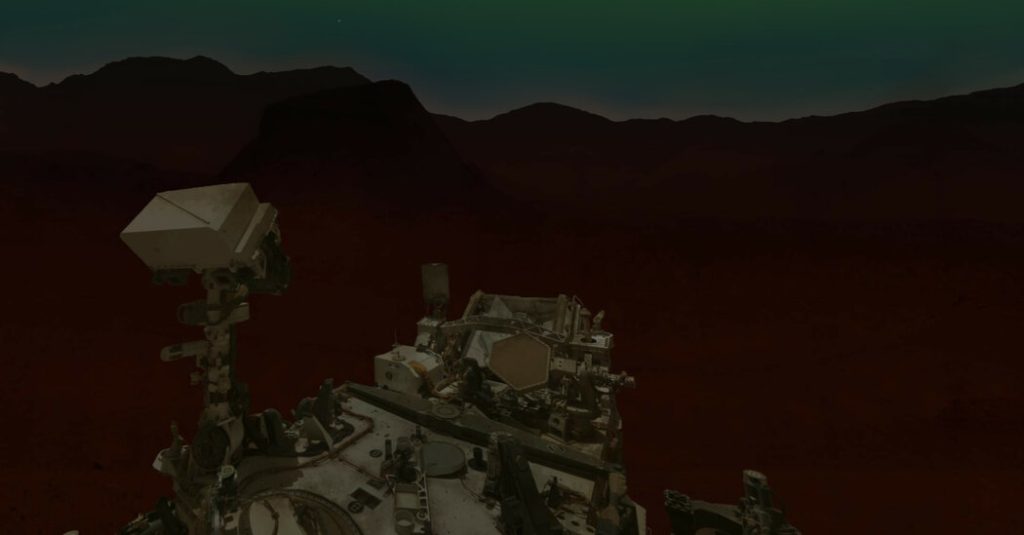The northern lights are fleeting and fantastical. But Elise Wright Knutsen, an atmospheric physicist at the University of Oslo, has gotten used to them.
“I’m Norwegian, so the aurora is a big thing here,” she said. “You kind of grow up with it happening over your head.”
But catching her first glimpse of the aurora on another planet hit differently.
“I cried a little bit,” she said.
Mars is known to have auroras — a glow normally produced when energetic particles from the sun strike a planet’s atmosphere. But they had been observed only by orbiting spacecraft, and only in ultraviolet — a light wavelength invisible to the naked eye. But with the help of precise space weather forecasting, NASA’s Perseverance rover and some persistence by a team led by Dr. Knutsen, a visible green aurora was spotted on the Red Planet for the very first time, dancing last March above ocher mountains.
As reported in a study published Wednesday in the journal Science Advances, a violent outburst from the sun on March 15, 2024, was forecast to crash into Mars just three days later. By commanding Perseverance to look up at just the right time, an explosion of green speckles was recorded on the rover’s cameras.

Evidence of excess green signal in the Martian sky on March 18.Credit…Knutsen et al., Sci. Adv. 11, eads1563 (2025)







